フィールド日記
2024年03月
2024.03.29
ニッコウネコノメ
ニッコウネコノメが咲いています。しめった場所に生育する小型の多年草です。ネコノメソウのなかまは互いによく似ていますが、雄しべの個数や葯の色、がくの開き方などから見分けることができます。
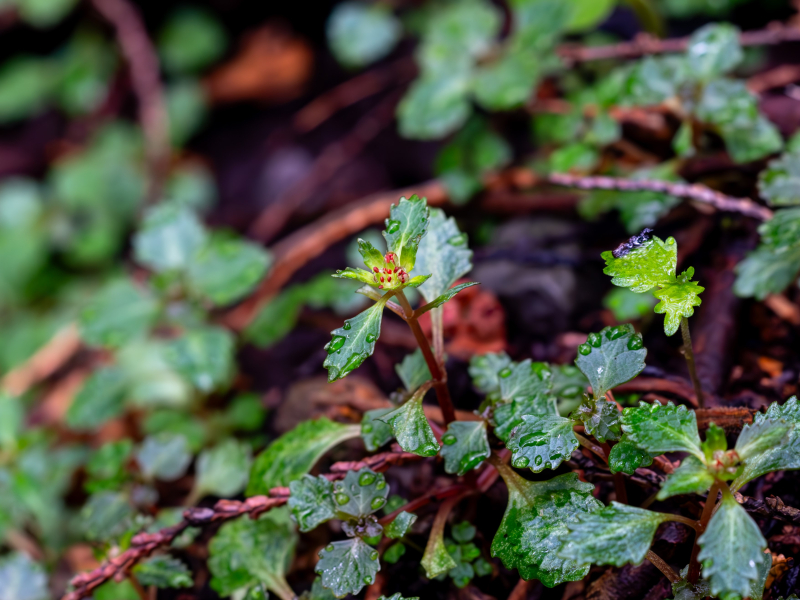
"Nikko-Nekonome (ニッコウネコノメ)" plants are in bloom. They are small perennial plants growing at wet places. The species belonging to the "Nekonome-Sou (ネコノメソウ)" group look very similar to each other. You can tell this species from others by checking the number and color of its stamens and the way their sepals open.
2024.03.26
ミツマタ
ミツマタが咲いています。中国からヒマラヤが原産で、室町時代に渡来し、かつては和紙の原料として広く栽培されていました。現在でも日本の紙幣の原料として使われています。和名は、枝が3つに分かれることに由来しています。
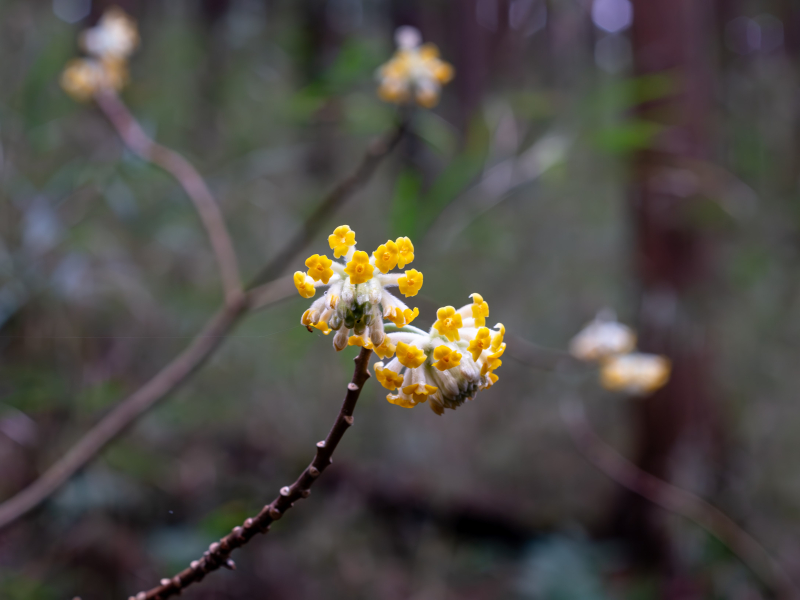
"Mitsumata (ミツマタ)" trees are in bloom. They originally grow in the regions from China to Himalayan and finally came to Japan. People used to cultivate them for making paper. Japanese bills are made from this tree even today. The name comes from the fact that each new branch branches into three.
2024.03.22
コハコベ
コハコベが咲いています。春の七草の一つで食用になります。また、ひよこなどの小鳥の餌として使われたことからひよこ草とも呼ばれています。花びらは5枚ですが、1枚の花びらが根元から深く2つに裂けているため、10枚あるように見えます。

2024.03.19
ホトケノザ
ホトケノザが咲いています。全国でよく見られるシソ科の越年草です。和名は、葉の形が、仏像の台座としてよく見られる蓮華座に似ていることが由来です。春の七草の一つに「ほとけのざ」がありますが、これは本種ではなくキク科のコオニタビラコを指しています。
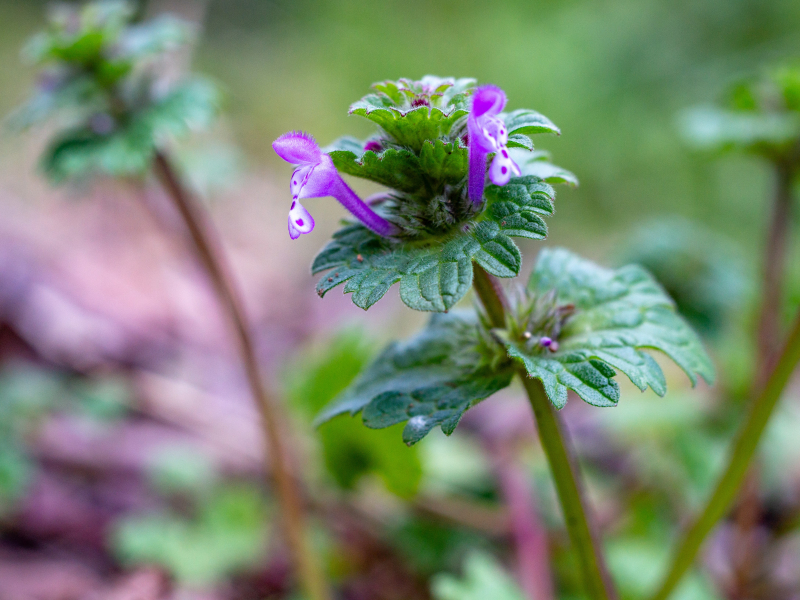
2024.03.15
オオイヌノフグリ
オオイヌノフグリが咲いています。ヨーロッパ原産の帰化植物で、学名はVeronica persicaといいます。Veronica (ヴェロニカ)は、十字架を背負って歩くキリストに顔を拭う布をささげたとされるカトリックの聖人ヴェロニカにちなんでいます。
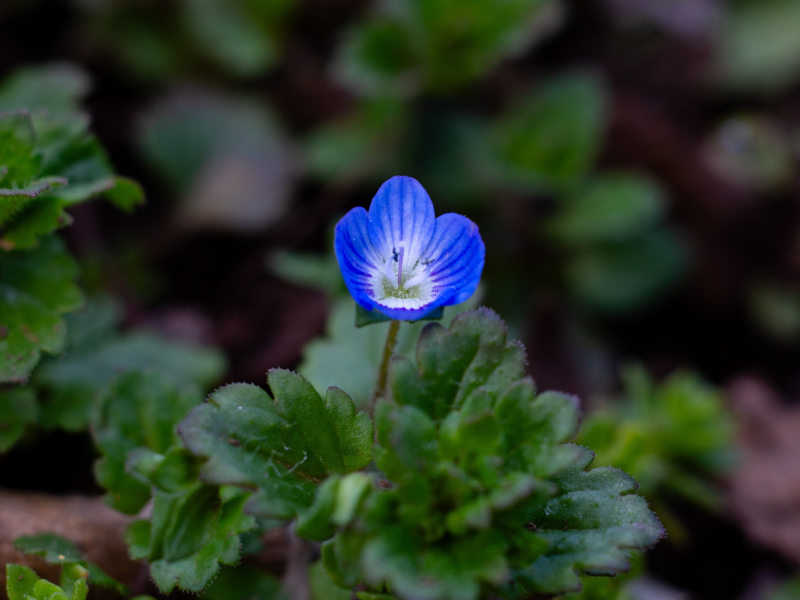
2024.03.12
ヒメリュウキンカ
ヒメリュウキンカが咲いています。ヨーロッパ原産で、栽培品が野生化したものが各地で見られます。花弁には強い光沢があります。全体が大型なものや八重咲のもの、花の色が異なるものなど、いくつかの品種があります。
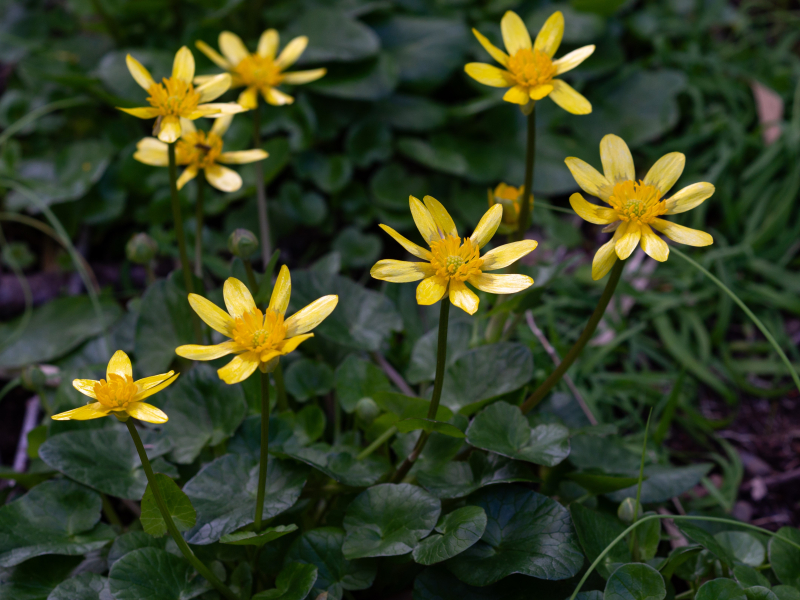
2024.03.08
タマキクラゲ
タマキクラゲが発生していました。中華料理でよく使われるキクラゲと同じキクラゲ類に属するゼラチン質のきのこです。不二聖心では春にクヌギの枯れ枝上でよく見られます。
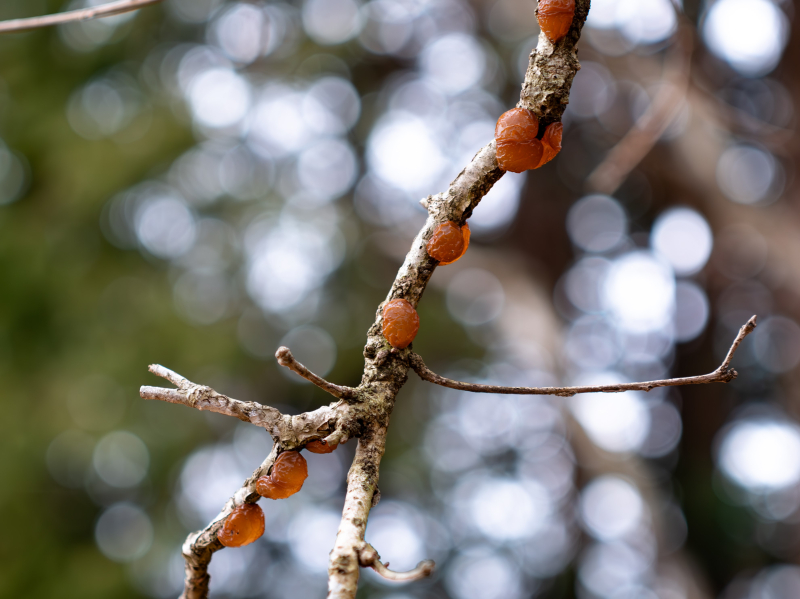
2024.03.05
スギ
スギが雄花をつけています。林業で重要な樹種として広く植林されていますが、花粉症の原因としてもよく知られています。近年では花粉の少ない少花粉スギや・花粉をつくらない無花粉スギの開発が進んでいます。林野庁のホームページによると、現在ではスギの苗木生産量のうち、約5割を花粉の少ないスギが占めていますが、2033年度までに約9割とすることを目指しているそうです。
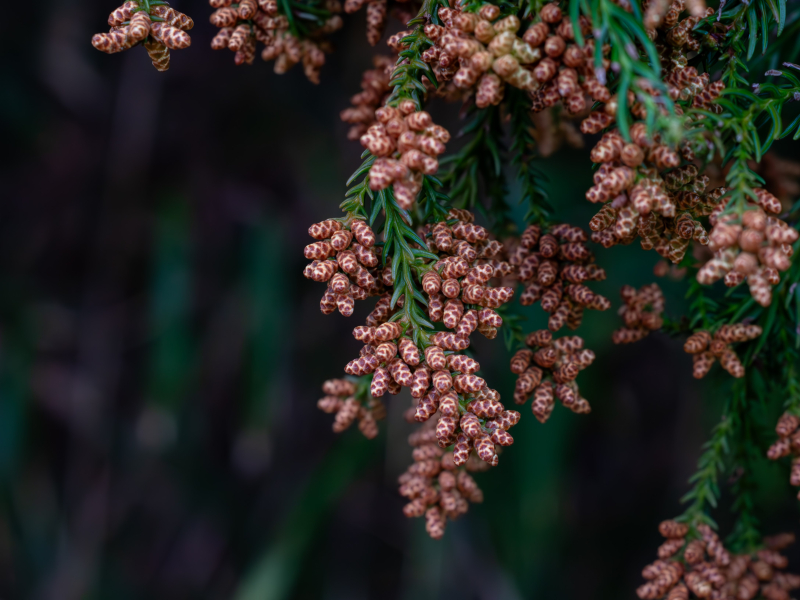
2024.03.01
フキ
フキノトウが出てきました。春に、葉よりも先に伸びだしたフキの花茎をフキノトウと呼び、食用にもなります。

- 1 / 1

















